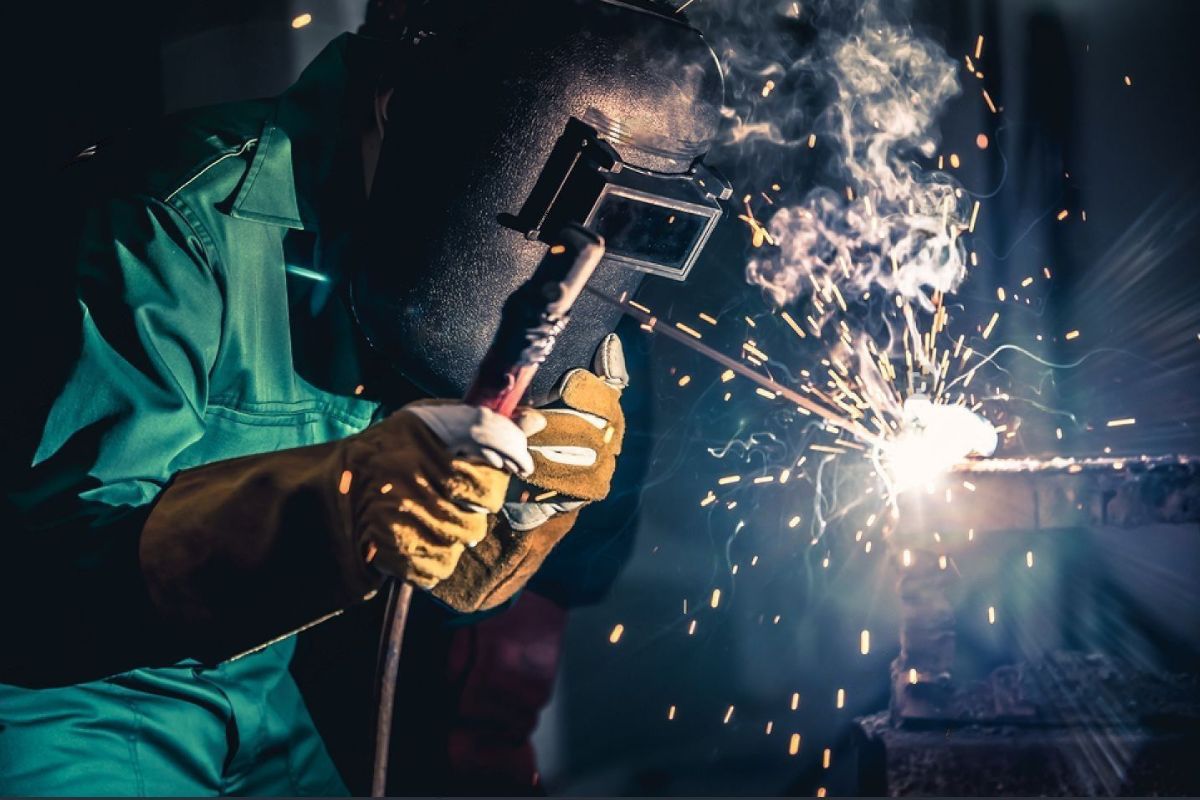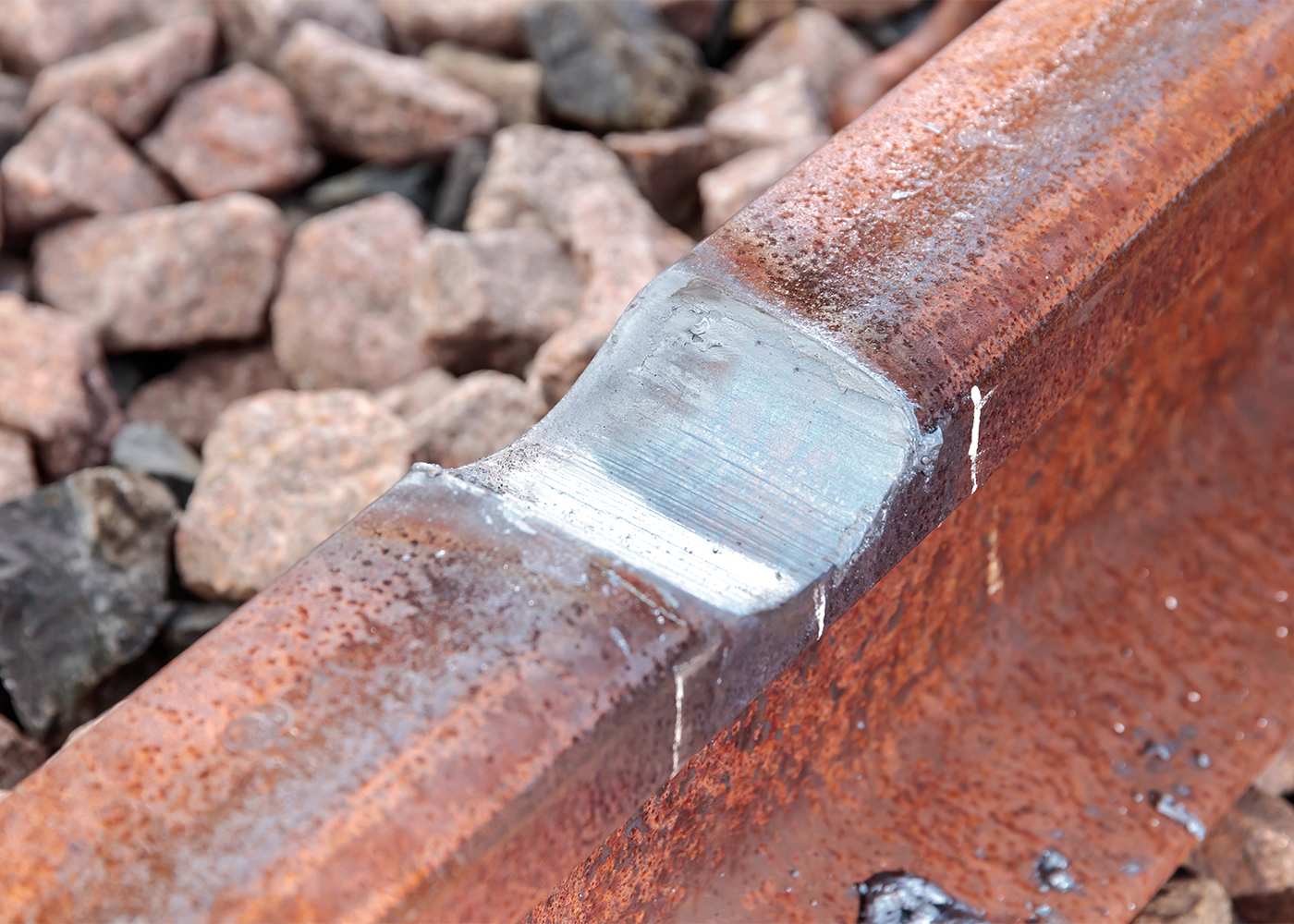All About Welding: Key Insights Into Techniques and Ideal Practices for Success
Welding incorporates a variety of methods, each suited for certain materials and applications. Recognizing these methods, such as GMAW, SMAW, and TIG, is crucial for achieving excellent outcomes. The ideal devices and safety practices can not be neglected. As preparation and fixing play vital functions in the welding process, grasping these aspects can significantly enhance the quality of the end product. What are the essential variables that guarantee a successful weld?
Understanding Various Welding Strategies
Welding techniques include a range of approaches, each fit to certain applications and products. Among one of the most common strategies are Gas Metal Arc Welding (GMAW), Protected Steel Arc Welding (SMAW), and Tungsten Inert Gas Welding (TIG) GMAW, additionally referred to as MIG welding, is preferred for its rate and convenience, making it ideal for thin materials. SMAW, or stick welding, is preferred for its simplicity and effectiveness in outside settings, particularly with thicker metals. TIG welding uses accuracy and control, making it suitable for complex work and non-ferrous metals (Welding). Each method has its special advantages and factors to consider, permitting welders to choose the best method based on the project's demands, material kind, and preferred outcomes. Understanding these methods is necessary for effective welding
Important Welding Tools and Tools
While different welding techniques call for particular skills, the appropriate equipment and devices are similarly essential for attaining quality outcomes. Important welding tools consists of welding devices, which differ depending upon the method-- such as MIG, TIG, or stick welding. Protective gear, including gloves, aprons, and headgears, guarantees security and convenience during the process. On top of that, components and clamps help secure materials in position, making certain accuracy in welds. Consumables like welding poles, wire, and securing gas are likewise important elements that influence the high quality of the weld. Devices such as mills and cutters assist in surface area preparation and post-weld finishing, contributing to a professional end result. Purchasing premium equipment inevitably enhances the effectiveness and efficiency of welding tasks.
Safety Practices in Welding
Proper security methods are important in the welding sector to secure employees from potential dangers. Welders need to use proper personal protective tools (PPE), including helmets with correct shading, handwear covers, and flame-resistant clothing. Adequate air flow is important to decrease direct exposure to damaging fumes and gases created throughout the welding process. Additionally, workers should be trained in the right handling of welding tools to stop mishaps. Fire safety actions, such as maintaining flammable products away from the welding location and having fire extinguishers readily offered, are needed. Normal evaluations of devices and offices can help recognize prospective dangers before they cause crashes. By sticking to these safety and security methods, welders can produce a much safer working environment and decrease threats related to their profession.
Preparing Products for Welding
Preparing materials for welding is a vital step that significantly affects the high quality and integrity of the end product (Montana Mobile Welding and Repair Belgrade Fabrication). Proper prep work involves cleansing the surface areas to eliminate impurities such as corrosion, oil, and dirt, which can compromise the weld. Methods such as grinding, fining sand, or utilizing solvents are generally employed to achieve a clean surface. Additionally, making certain that the materials mesh well is necessary; spaces can result in weak welds. It's also vital to consider the positioning and positioning of the elements, as this will certainly impact the ease of welding and the final result. Choosing the ideal filler product and making sure compatibility with the base steels is important for accomplishing solid, long lasting welds.
Tips for Achieving High-Quality Welds
Attaining top notch welds calls for attention to information and adherence to ideal methods throughout the welding process. Appropriate joint prep work is vital, guaranteeing surfaces are clean and complimentary from contaminants. Choosing the appropriate filler product and welding technique based on the base metals is vital for ideal bonding. Maintaining consistent travel rate and angle while welding can prevent problems and promote harmony. In addition, managing heat input is essential; excessive heat can bring about warping and compromised joints. Routinely examining the welds during the process permits immediate adjustments if needed. Employing appropriate post-weld therapies, such as cleansing and stress and anxiety relief, can enhance the durability and integrity of the weld, eventually ensuring an effective result.
Troubleshooting Usual Welding Issues
Welding frequently offers challenges that can affect the quality and integrity of the end product. Common problems such as porosity, inconsistent weld beads, and getting too hot can develop, each requiring particular repairing techniques. Understanding these issues is important for welders to boost their abilities and accomplish excellent results.
Porosity Troubles Discussed
Although porosity can commonly be forgotten, it continues to be an important problem in welding that can compromise the honesty of an ended up item. Porosity describes the visibility of little gas pockets within the weld bead, which can weaken the joint and lead to early failure. This issue usually emerges from contaminants, why not try here dampness, or incorrect securing gas insurance coverage during the welding process. To reduce porosity, welders need to validate that the base products are tidy and dry, make use of ideal protecting gases, and maintain consistent welding parameters. Frequently examining the tools and setting can additionally aid determine prospective problems before they manifest in the weld. Resolving porosity properly is vital for attaining solid, durable welds that fulfill top quality requirements.

Inconsistent Weld Beans
Inconsistent weld grains can significantly impact the quality and stamina of an ended up product. Numerous aspects add to this concern, consisting of inappropriate traveling speed, inaccurate amperage setups, and inconsistent electrode angles. When the welder moves too quickly, a grain may appear narrow and do not have penetration, while moving as well gradually can create excessive buildup. Furthermore, utilizing the incorrect amperage can cause either damaging or extreme spatter, both of which compromise weld stability. The welder's strategy, such as irregular lantern activity, can likewise lead to irregular grain appearance. To mitigate these issues, welders need to concentrate on preserving constant, regulated activities and making sure proper devices settings to attain uniformity in their welds. Consistency is essential to achieving dependable and strong welds.
Getting Too Hot and Warping Issues
Extreme warmth throughout the welding process can lead to significant overheating and warping concerns, impacting the structural stability of the workpiece. These problems commonly manifest as distortion, which can compromise alignment and fit-up, making further setting up challenging. Elements contributing to overheating include the selection of welding specifications, such as voltage and travel speed, along with the type of material being welded. To mitigate these problems, welders need to preserve regular traveling speed and ideal warmth input while keeping track of the work surface temperature level. Furthermore, preheating or post-weld warmth therapy can help relieve stresses triggered by fast cooling - Montana Mobile Welding and Repair. Regular evaluation and adherence to ideal practices are important in preventing getting too hot and making sure the longevity and integrity of bonded frameworks
Regularly Asked Concerns
What Are the Career Opportunities in the Welding Sector?
The welding market supplies varied career chances, consisting of placements as welders, instructors, inspectors, and engineers. Specialists can work in production, building, aerospace, and automotive sectors, benefiting from solid demand and competitive salaries in different functions.
Just How Can I Boost My Welding Speed Without Giving Up Quality?
To improve welding speed without sacrificing high quality, one need best site to practice reliable techniques, maintain equipment, maximize settings, and enhance hand-eye sychronisation. Routine training and seeking responses can additionally substantially contribute to accomplishing quicker, top notch welds.
What Qualifications Are Available for Welders?
Countless qualifications exist for welders, consisting of those from the American Welding Society (AWS), the National Facility for Building Education and Study (NCCER), and various industry-specific organizations. These qualifications boost employability and show ability effectiveness.
Exactly How Does Welding Influence the Qualities of Metals?
Welding affects the homes of steels by modifying their microstructure, which can lead to changes in ductility, hardness, and strength. Warmth best mig welder for home use input and cooling rates throughout the procedure substantially influence these product qualities.
Can I Bonded Dissimilar Metals Together?
